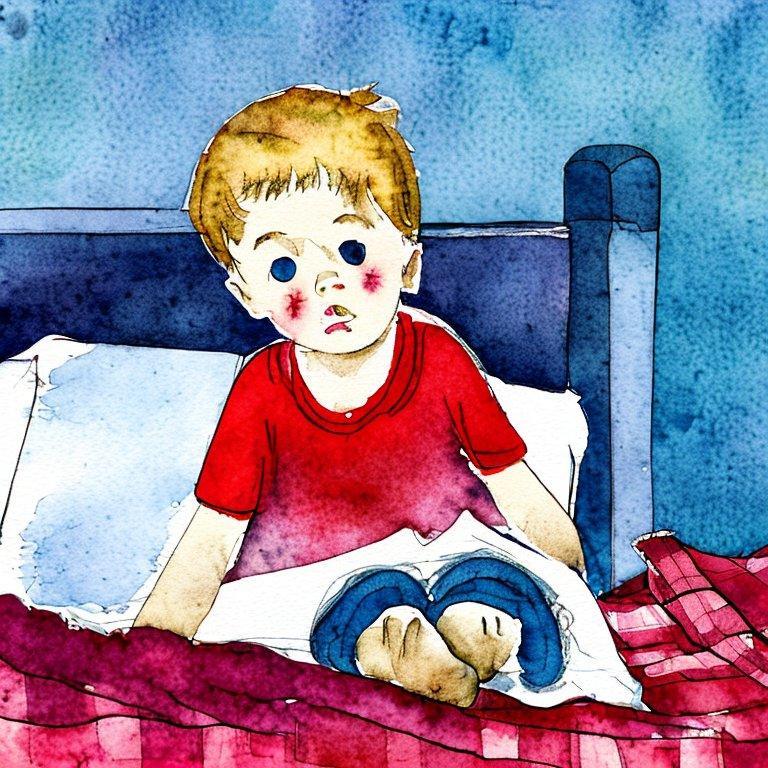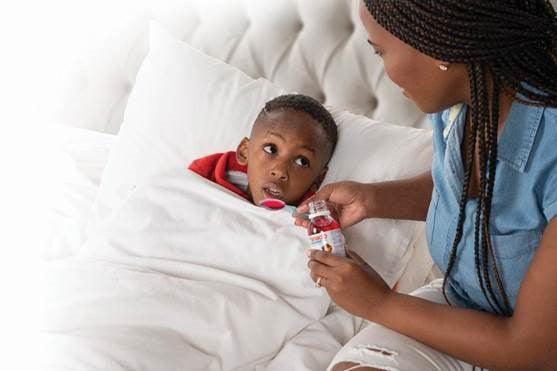Burping Your Newborn Baby: A Guide to Ensure Comfort and Health
Bringing a newborn baby into the world is a momentous occasion filled with joy and excitement. However, it's also a time of adjustment, learning, and caring for your little one's needs. One essential aspect of newborn care that can't be overlooked is burping. Burping your newborn is crucial to ensure their comfort and well-being after feedings. In this guide, we'll walk you through the importance of burping, when and how to do it, and some useful tips to make the process smoother for both you and your baby.
Why Burping Matters
Newborn babies have delicate digestive systems that are still developing. During feedings, they tend to swallow air along with breast milk or formula. This trapped air can lead to discomfort and even colic if not properly released. Burping helps expel the swallowed air, reducing the likelihood of gas pains, fussiness, and spitting up.
When to Burp Your Newborn
Determining when to burp your newborn primarily depends on the feeding method:
1. Breastfeeding:
If you're breastfeeding your baby, it's a good practice to burp them when switching between breasts. You can also pause for a burping break if your baby seems fussy during the feeding. Breastfed babies may swallow less air compared to bottle-fed infants, but burping is still important.
2. Bottle-Feeding:
For bottle-fed babies, burping is typically necessary more frequently. Pause and burp your baby after every 2 to 3 ounces of formula or if they seem gassy or fussy during the feeding.
3. Combination Feeding:
If you're alternating between breast and bottle feeding, follow a similar pattern as for bottle-feeding and burp your baby after they've consumed a certain amount of milk.
4. End of Feeding:
In any feeding scenario, it's essential to burp your baby at the end of the meal to ensure any remaining trapped air is released.
How to Burp Your Newborn
There are a few tried-and-true techniques for burping your newborn:
1. Over-the-Shoulder Method:
- Hold your baby upright against your chest, with their chin resting on your shoulder.
- Support your baby's bottom with one hand and gently pat or rub their back with the other.
- Burp your baby for a few minutes or until you hear or feel a burp.
2. Sitting on Your Lap Method:
- Sit your baby on your lap, facing away from you.
- Support your baby's chest and head with one hand and use the other to pat or rub their back.
- Ensure your baby's chin is not resting on their chest to allow for comfortable burping.
3. Face-Down on Your Lap Method:
- Lay your baby facedown on your lap, with their head turned to one side.
- Gently pat or rub their back.
- Be sure to provide support for their head and neck.
Tips for Successful Burping
- Be Patient: Some babies burp quickly, while others may take a bit more time. Don't rush the process; patience is key.
- Burp Mid-Feeding: If your baby tends to be gassy, consider burping them midway through the feeding to prevent discomfort.
- Stay Upright: Keep your baby in an upright position for a little while after burping to allow any remaining gas to rise.
- Use a Burp Cloth: Have a burp cloth or bib handy to catch any spit-up during or after burping.
Conclusion
Burping your newborn is a simple yet crucial part of infant care. It helps release trapped air, reduces the risk of discomfort, and promotes your baby's overall comfort and well-being. While burping techniques may vary, the key is to be attentive to your baby's cues and respond accordingly.
With practice and patience, you'll become a pro at ensuring your little one's feeding experiences are as pleasant as possible.









